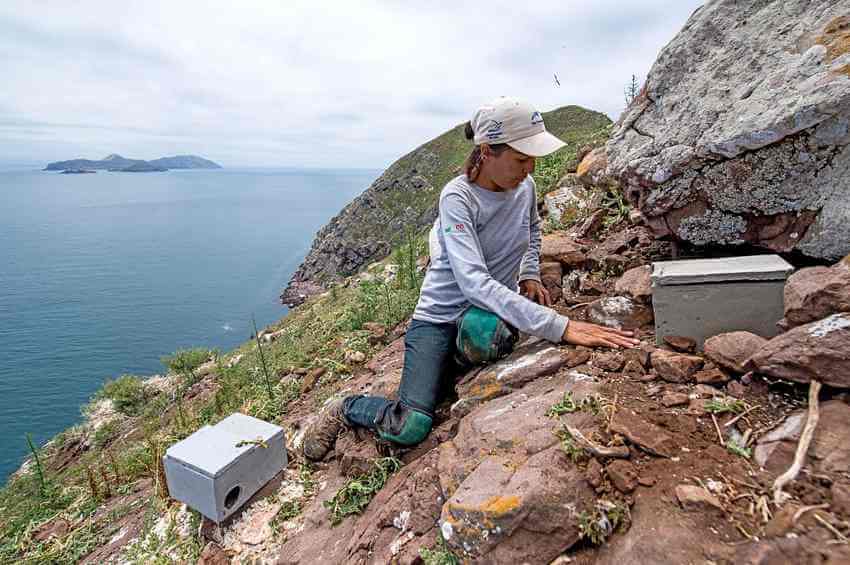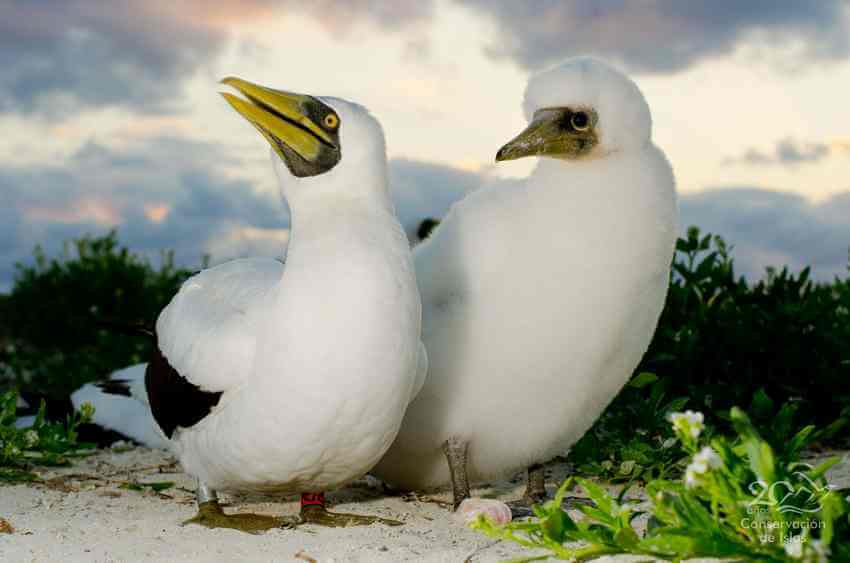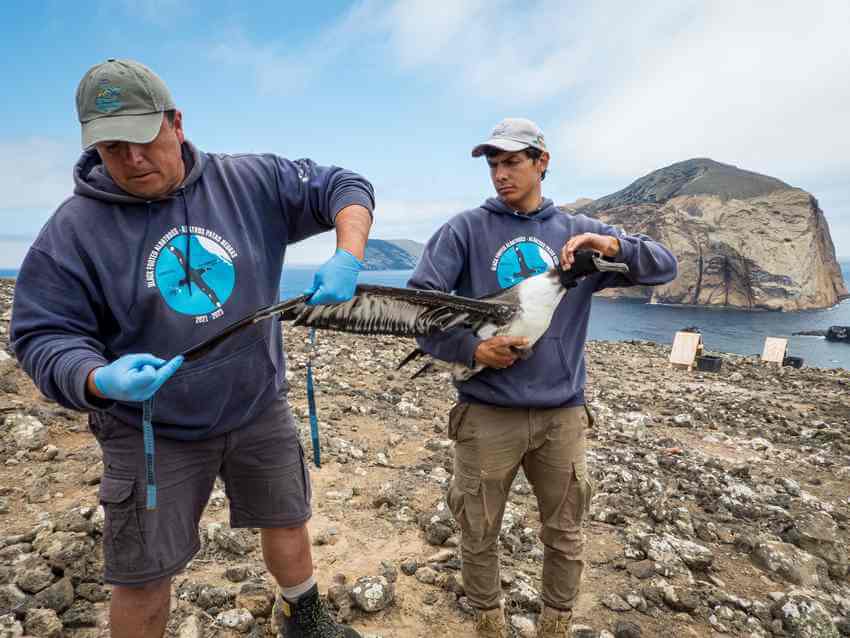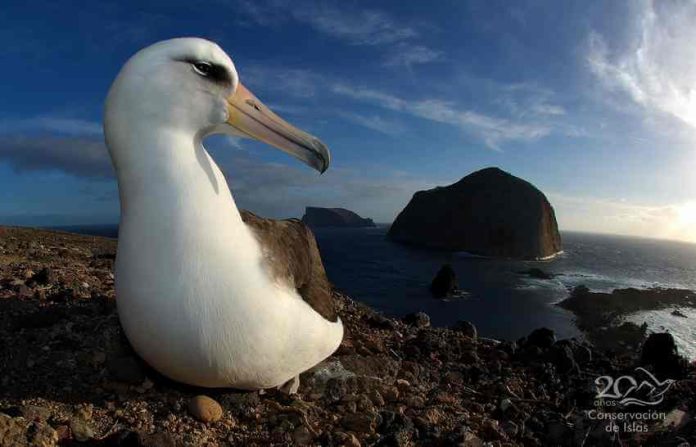Many of Mexico’s Pacific islands were once home to vast colonies of birds before human beings appeared on the scene … accompanied by rats, cats and goats, just to name a few of the invasive species that soon wiped out the seabirds.
Twenty-four years ago, a group of concerned Mexican biologists decided to do something about it. They formed a nonprofit organization called the Ecology and Island Conservation Group (GECI) and began the long, slow task of restoring the islands, one by one, to a semblance of what they had been before invasive species turned their ecosystems upside down.
Although the task was daunting, they have succeeded admirably.
“We have been able to turn things around on 39 of Mexico’s islands,” I was told by GECI’s executive director, Federico Méndez. “Our organization — which was founded in 1998 — began with a special focus on northwestern Mexico because here we find the biggest concentration of islands and the greatest number of species in trouble … along with, of course, the greatest number of invasive species, the most problematic of which are mammals like feral cats, rats, mice, sheep, goats, wild dogs, wild donkeys and rabbits. These have caused extinctions on islands all around the world and Mexico is no exception. Our country has lost 24 species and of those 24 species that will never come back, 21 of them were island dwellers. Of these, 17 were wiped out by imported animals like cats and rats. So 70% of the extinctions in Mexico were caused by invasive mammals on islands. This is why our organization is doing what it’s doing.”
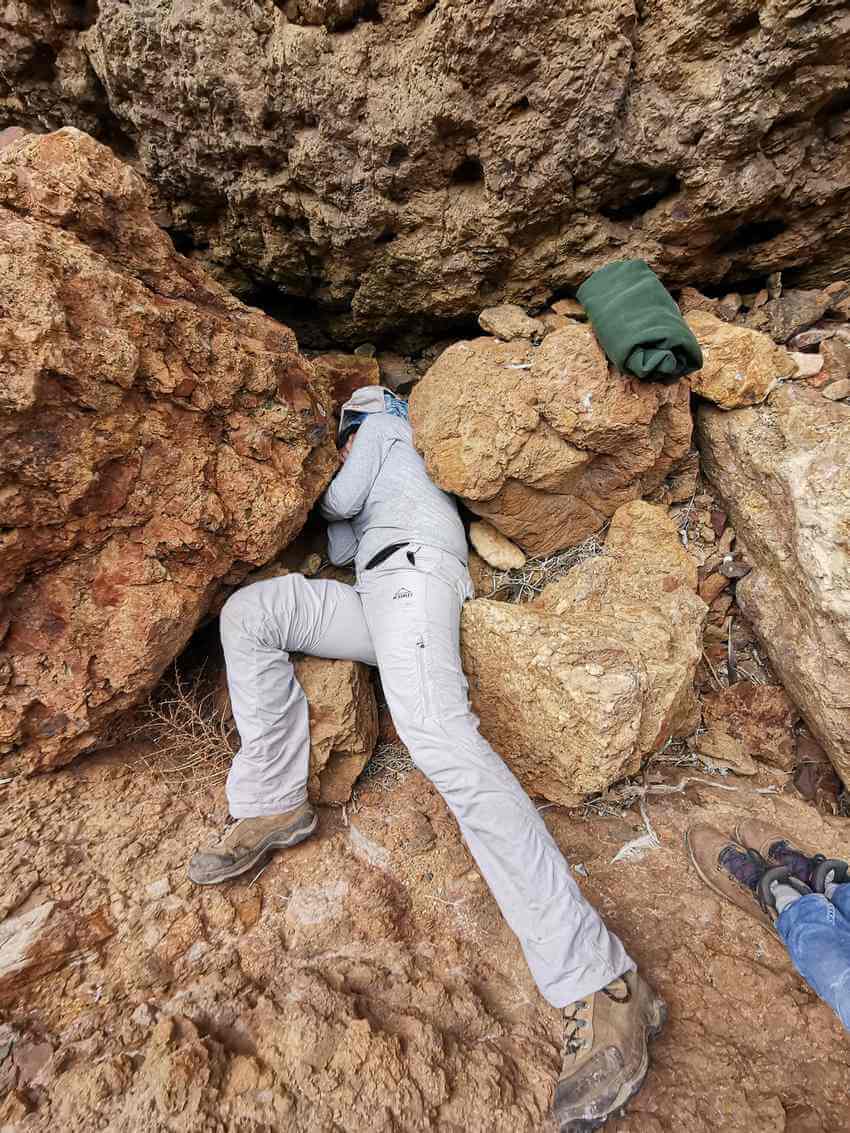
After nearly 25 years of hard work, GECI was successful in removing 70 populations of invasive species from 39 of Mexico’s Islands. “We started in the islands of the northwest,” continued Méndez, “including well-known sites like Guadalupe Island. Then we began to explore other areas like the Gulf of California and the Mexican Caribbean.”
Méndez gives credit to what he calls the pioneers in eradicating invasive species: countries like Australia and New Zealand, which are islands and depend on their biodiversity for nature tourism. “Here in Mexico,” he said, “we are almost on a par with them in this kind of work. We have seen more than 200 species come back in every category: birds, mammals, reptiles, plants — all thanks to the simple removal of invasive species.”
Once the invaders have been removed from an island, the question arises: will the original inhabitants come back?
I put the question to GECI’s Yuliana Bedolla, who specializes in seabirds.
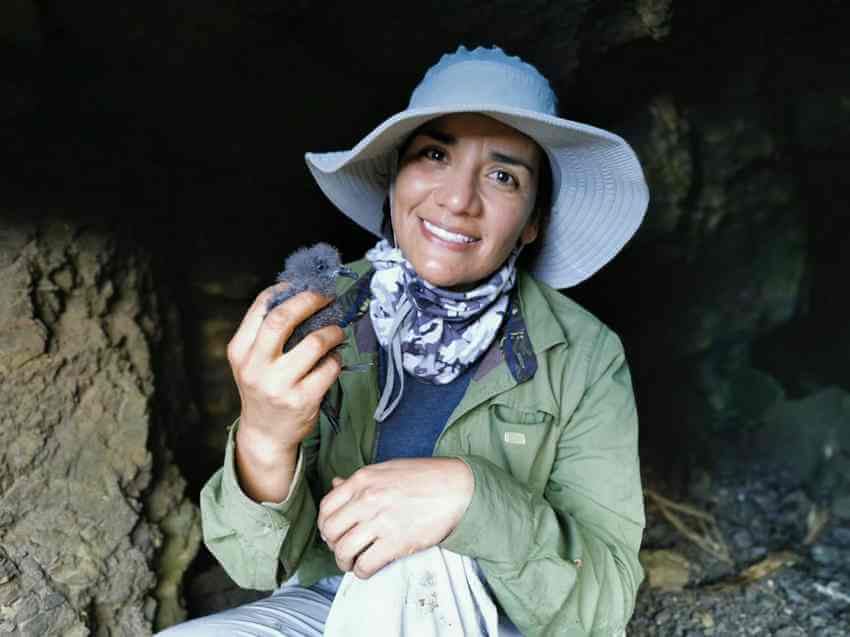
“This is our special concern,” she said. “Many species of birds that were killed off by cats or rats ended up with the impression that these islands were no longer safe. In some parts of the world we know that — after the elimination of the cats or rats — the birds have returned, but here in the Pacific this process seemed to be taking an awfully long time, so we began to use ‘social attraction techniques.’
“These were first tried in the USA and now they are being used practically everywhere in the world. They have been wonderfully successful! So we have been promoting their use here in Mexico. The idea is to create artificial colonies, taking advantage of the fact that seabirds like to congregate in large groups. So we create decoys, life-like representations of the birds in positions of repose or courtship. We also use mirrors to create the impression that there are lots more birds around. Along with the decoys and the mirrors, we use sound. These are recordings made in well-established colonies. In the case of those seabirds which nest underground, or in the spaces between rocks, we install small boxes which they like to use for their nests.”
Bedolla said the audio recordings are used during the nesting season, which in many cases is spring. “We have an amplifier and loudspeakers together with solar panels to provide power. Of course we play these sounds by day or by night, depending on when that species is active. So we set up the equipment in spring and turn it off in summer or autumn, once the birds have left the island. The social attraction techniques give the birds the impression that this island they’ve come to is a nice safe place where they can nest every year.”
Bird lovers around the world are amazed at the transformations that have taken place in Mexico’s islands thanks to these techniques.
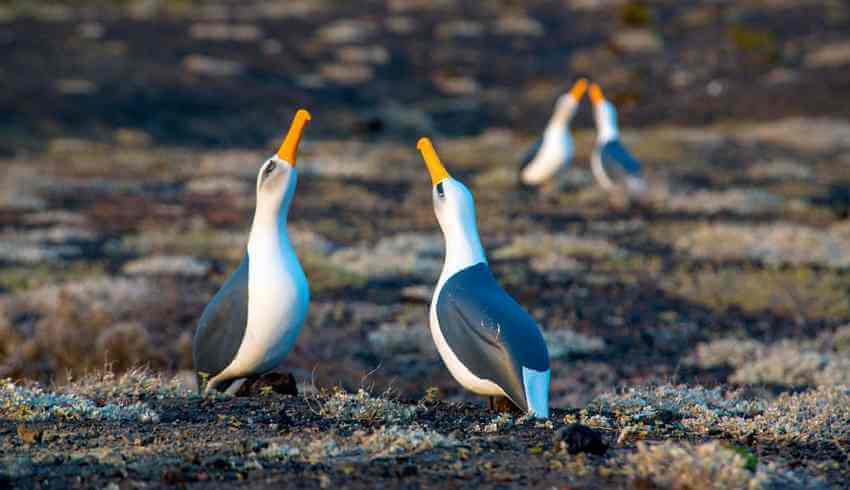
In Isla Rasa, for example, rats were eliminated and very soon, elegant terns and Heermann’s gulls came back to breed.
Isla Guadalupe, better known in English as Guadalupe Island, was once home to more endemic bird species than any other island off the Pacific coast of North America, before they were decimated by invasives. But recently, something marvelous has happened. Once goats were removed, Guadalupe’s vegetation rebounded and a colony of Laysan albatrosses materialized out of nowhere. Soon, populations of auklets, murrelets, storm petrels, gulls, terns, boobies, pelicans, and cormorants began to reappear as if by magic.
In July 2021, GECI and Hawaii’s Pacific Rim Conservation flew 21 black-footed albatross eggs 6,000 kilometers from Hawaii to Isla Guadalupe on a commercial airline, because their home beaches were flooded. Eighteen eggs hatched and the albatrosses are faring fine. More egg rescues are being planned.
Once invasive species have been removed and seabirds have been lured back, GECI has to make sure the invaders don’t reappear.

“For this,” Federico Méndez said, “we have special biosecurity programs to assure that the fishermen, sailors or tourists are not bringing in something dangerous. For example the boats could be harboring a rat, or shoes could be contaminated with seeds. The success of all this depends on teamwork, of close communication and collaboration with the local people.”
“All this is complicated,” Méndez said. “We have to work with the local people, we have to work with the government and we have to respect the particular character and reality of each island or archipelago. In reality, each one has its own protocol. Meanwhile, reinfection is always a worry. Just one pair of rats could fill an island with 5,000 descendants in only a year.”
A dramatic example of the lengths to which islanders might go to catch just one rat and prevent reinfection occurred on Isla Natividad in 2019.
In the wee hours of the night, a local resident had shone his flashlight in his shrubbery and spotted a lively and healthy Rattus rattus, a black rat. He was shocked. Like all the residents of Natividad, he knew his island was home not only to auklets, cormorants, pelicans, osprey and herons, but also to the planet’s largest colony of black-vented shearwaters, of which every soul on the island was immensely proud.

So began the great rat chase.
Soon, every family on the island was setting rat traps and GECI brought in Merlina, a rat-sniffing dog.
Merlina and a camera trap eventually confirmed it: yes, there truly was a Rattus rattus on the island.
Now the competition was on. Tomahawk cage traps, Sherman metal box traps, camera traps, T-Rex traps, and every sort of trap known to humanity was employed by Natividad residents, along with 13 experts from GECI. They had to work around the clock just to keep all the traps functional.
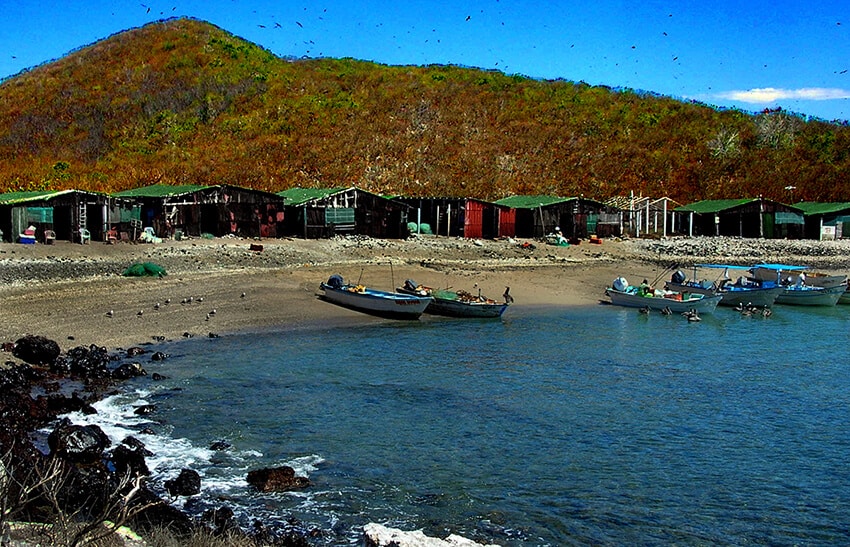
Every soul on the island wanted to be the one to catch the rat, which had now been named “Chapito” after the wily drug trafficker who had once been so clever at avoiding capture.
This went on for six long months, and then … Well, to find out what happened and to fully appreciate this delightfully written, well-illustrated story, I urge you to read the Audubon Magazine article “How to Catch a Rat,” which is accessible online for no charge.
You may also want to check out the stunning images in GECI’s online photo gallery where you can pay a virtual visit to five of Mexico’s “restored” islands, without getting your feet wet.
The writer has lived near Guadalajara, Jalisco, since 1985. His most recent book is Outdoors in Western Mexico, Volume Three. More of his writing can be found on his blog.
